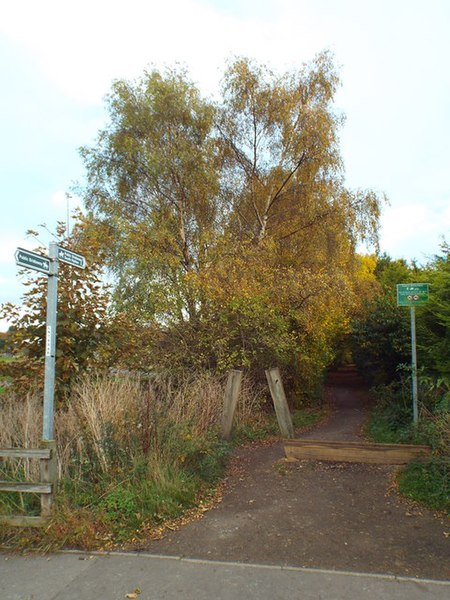Cox Green railway station
1854 establishments in England1964 disestablishments in EnglandBeeching closures in EnglandDisused railway stations in Tyne and WearFormer North Eastern Railway (UK) stations ... and 5 more
North East England railway station stubsPages with no open date in Infobox stationRailway stations closed in 1964Railway stations opened in 1854Use British English from January 2021

Cox Green railway station served the civil parish of Cox Green, Tyne and Wear, England, from 1854 to 1964 on the Penshaw Branch.
Excerpt from the Wikipedia article Cox Green railway station (License: CC BY-SA 3.0, Authors, Images).Cox Green railway station
Sunderland
Geographical coordinates (GPS) Address Nearby Places Show on map
Geographical coordinates (GPS)
| Latitude | Longitude |
|---|---|
| N 54.8878 ° | E -1.487 ° |
Address
SR4 9JS Sunderland
England, United Kingdom
Open on Google Maps










